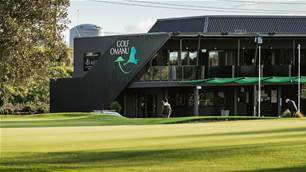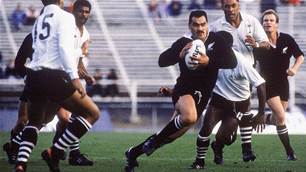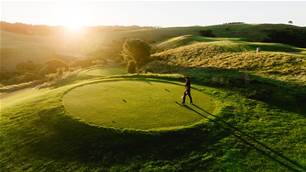I count myself among the tens of thousands of golfers who have visited this Queensland holiday haven.
At that time, Australian golfers had not experienced anything like it before (or since) and, as a result, Hope Island achieved instant popularity. Problems with conditioning in the late ’90s saw its star tarnished for a brief period. But these problems were addressed more than a decade ago with the replacement of its original Bent grass greens with the hardier Bermuda 328 grass, which is more suitable to warmer climates.
Adding to Hope Island’s popularity is that it is challenging and fair to players of all standards, which is the hallmark of all high quality courses. Thomson and Wolveridge were able to achieve this delicate balance between difficulty and fairness by presenting wide fairways that offer a series of routes and playing options on each hole. While the mid- or high-handicapper can enjoy the freedom (and lack of lost balls) offered by the wide avenues between tee and green, the better player must play precisely to the edges of the fairways to leave the best approach into greens that are generally protected by trimmed mounds, swales and deep pot bunkers.
The bunkering is one of the standout features of the Links Hope Island – and for good reason. Thomson once wrote: “Bunkers, of course, are as important to a course as greens and tees and we never neglect their inclusion.”
He certainly didn’t neglect them at Hope Island and while the bunkering is plentiful, it is not overdone and their placement has a major role in determining your playing strategy. Working out the right playing line, in the conditions of the day, on each hole is part of the enjoyment of a round at Hope Island.
This is especially true on some of the short par-4s, where the length of the hole doesn’t really matter. What does matter at Hope Island, more than at many other courses, is making the correct club selection on the tee, selecting the right line, and executing the shot accordingly.
And as if the game of golf weren’t tough enough, Thomson has schemed to add further uncertainty into the minds of golfers on the tee. Like MacKenzie, he has made clever use of the fairway bunkering, leaving you sometimes confused when judging their distance and size. It’s quite a deception: some bunkers you’d swear you couldn’t reach with your best shot, yet you’ll find a mere average blow will put you in it. The opposite also applies. (Thankfully, the GPS in your golf cart can assist if need be.)
The first example of this comes early in the round at the 501-metre par-5 2nd hole where a lone pot bunker on the left edge of the fairway dictates a playing line to the right. This is a hole where only the longest of hitters can reach the green in two shots so finding a suitable lay-up position is important. The closer you hit toward the green with your second shot, the smaller the landing area – between five pot bunkers – becomes. Play well short of these sandy hazards to leave a full wedge or short iron into a slightly raised green.
Related Articles

International Spotlight: Omanu Golf Club

Celebrity Kiwi couple tee off in paradise



.jpg&h=115&w=225&c=1&s=1)









